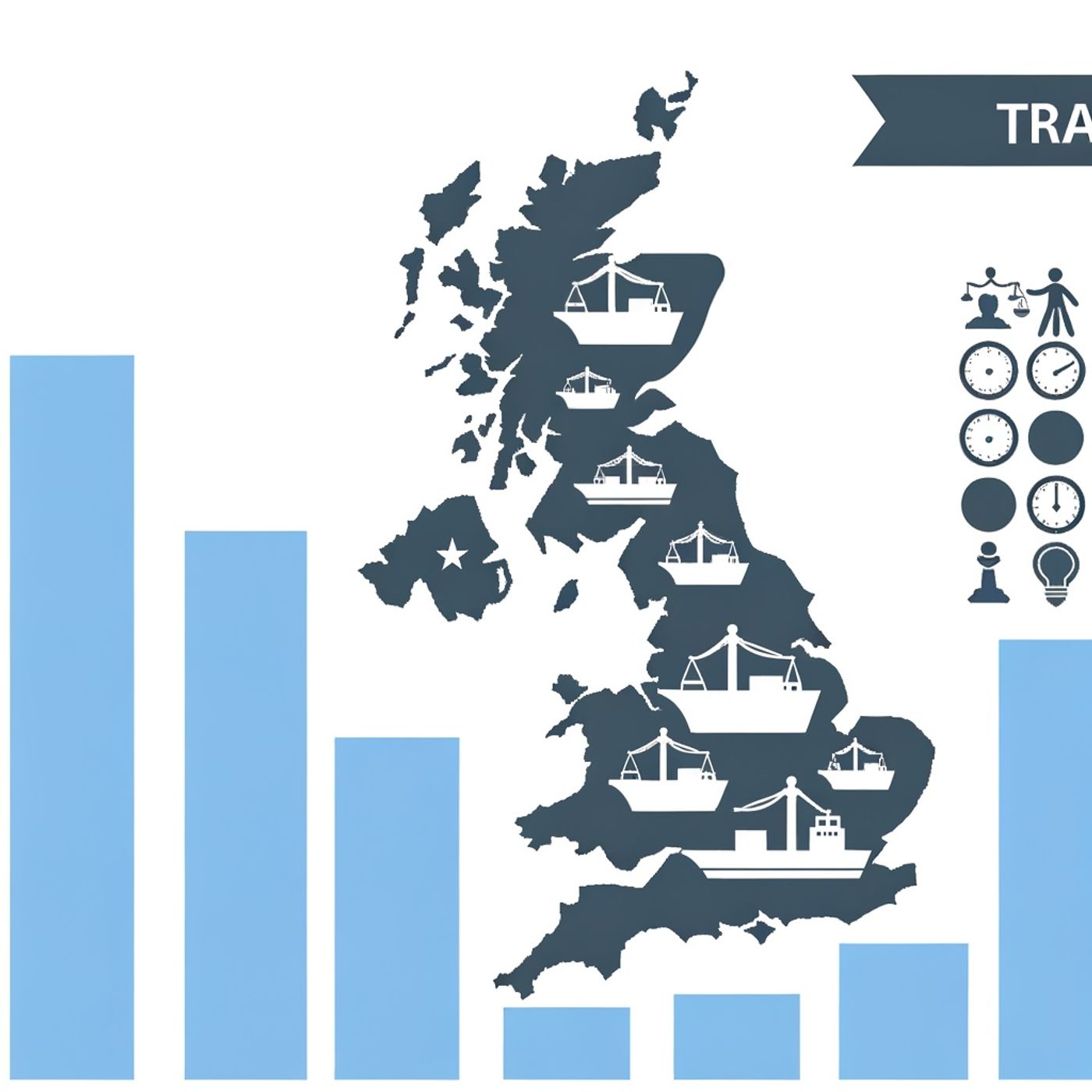Listen "US UK Trade Tensions Escalate: New Tariff Framework Imposes 10% Baseline Rate and Reshapes Economic Cooperation"
Episode Synopsis
Welcome to United Kingdom Tariff News and Tracker, your source for the latest headlines and updates on US-UK tariff policy.This week, the tariff landscape between the United States and United Kingdom remains front and center following major announcements from both governments. On May 8th, President Donald Trump and UK Prime Minister Kier Starmer unveiled the Economic Prosperity Deal, a framework intended to promote greater cooperation and facilitate trade between the two countries. While not a binding treaty, the agreement sets out mutual goals to expand US market access in the UK and eliminate non-tariff barriers, in exchange for the UK sidestepping the harshest of Washington’s new global tariffs. However, UK exports to the US are now subject to a baseline 10% tariff on most goods, a significant increase from previous rates, but notably lower than the 20% imposed on EU exports or the 24% and 31% on products from Japan and Switzerland, according to the UK Parliament’s House of Commons Library.The Trump administration’s new tariffs, implemented in early April and referred to by the president as “universal baseline” tariffs, represent a dramatic shift from the historic average of 2.2% on US imports. For steel and aluminum, President Trump has kept the 25% tariff in place for UK-origin products, though the administration signaled those rates could be adjusted or replaced with import quotas beginning July 9th, depending on ongoing trade negotiations and the status of the economic deal.There are also product-specific changes: the UK has removed its own 20% retaliatory tariff on American beef imports and will now allow tariff-free quotas of US beef and a 1.4 billion liter quota of duty-free US ethanol. The US, meanwhile, has established a quota of 100,000 UK-built automobiles allowed entry at the 10% baseline rate, instead of the 25% Section 232 tariff placed on other auto imports. Negotiations continue over rules of origin, digital services taxes, and other sensitive sectors, with US officials pressing the UK to revise or phase out its digital services tax on major American tech firms.The effect of these measures is being felt widely. Yale’s Budget Lab estimates that the 2025 round of tariffs has driven US consumer prices up by about 1.5% in the short term. Tariff collections have set monthly records, with the US Treasury reporting $22.2 billion in May alone—up 42% from April, as the new rates took effect.Listeners, this evolving US-UK tariff landscape is crucial for anyone tracking export markets, manufacturing, and transatlantic economic ties. We’ll keep monitoring policy changes, quota adjustments, and the ongoing negotiations that will shape the tariffs impacting both nations.Thanks for tuning in to United Kingdom Tariff News and Tracker. Don’t forget to subscribe for weekly updates. This has been a Quiet Please production, for more check out quiet please dot ai.For more check out https://www.quietperiodplease.com/Avoid ths tariff fee's and check out these deals https://amzn.to/4iaM94QThis content was created in partnership and with the help of Artificial Intelligence AI
More episodes of the podcast United Kingdom Tariff News and Tracker
UK Exports Brace for Impact as Trump Tariffs Surge Global Trade Costs to 12 Trillion in 2025
17/10/2025
UK Braces for Continued US Tariff Volatility as Trump Reshapes Global Trade Landscape in 2025
12/10/2025
 ZARZA We are Zarza, the prestigious firm behind major projects in information technology.
ZARZA We are Zarza, the prestigious firm behind major projects in information technology.
